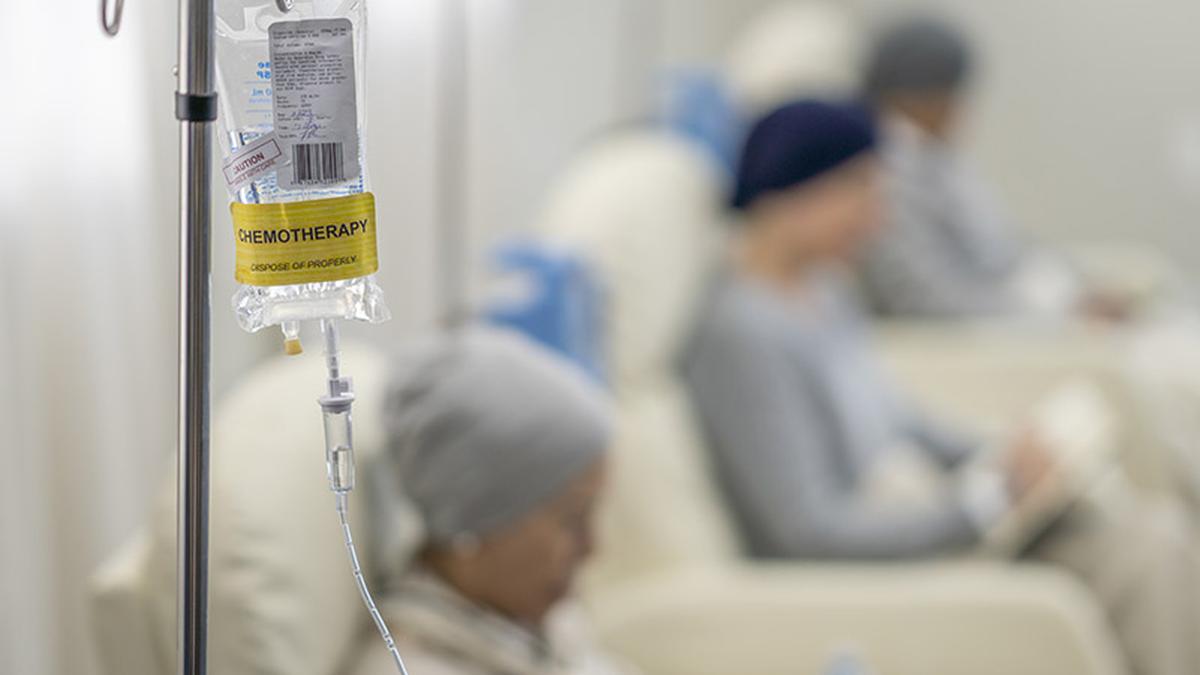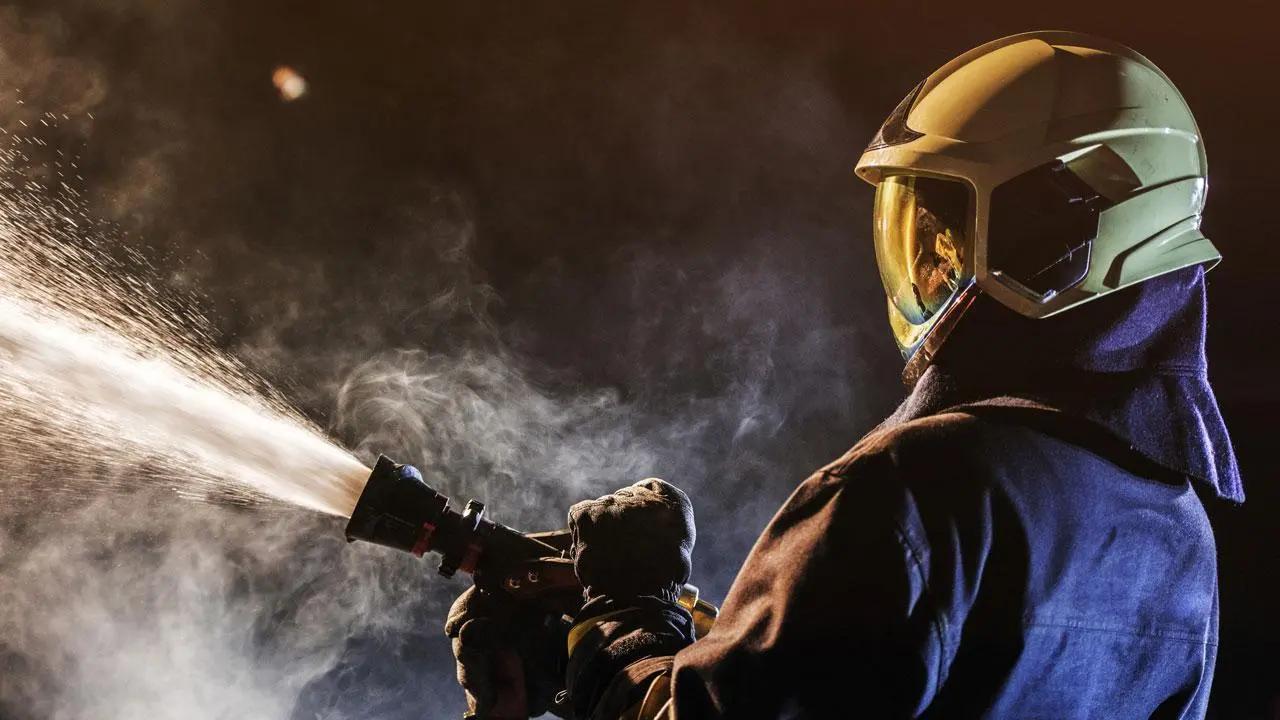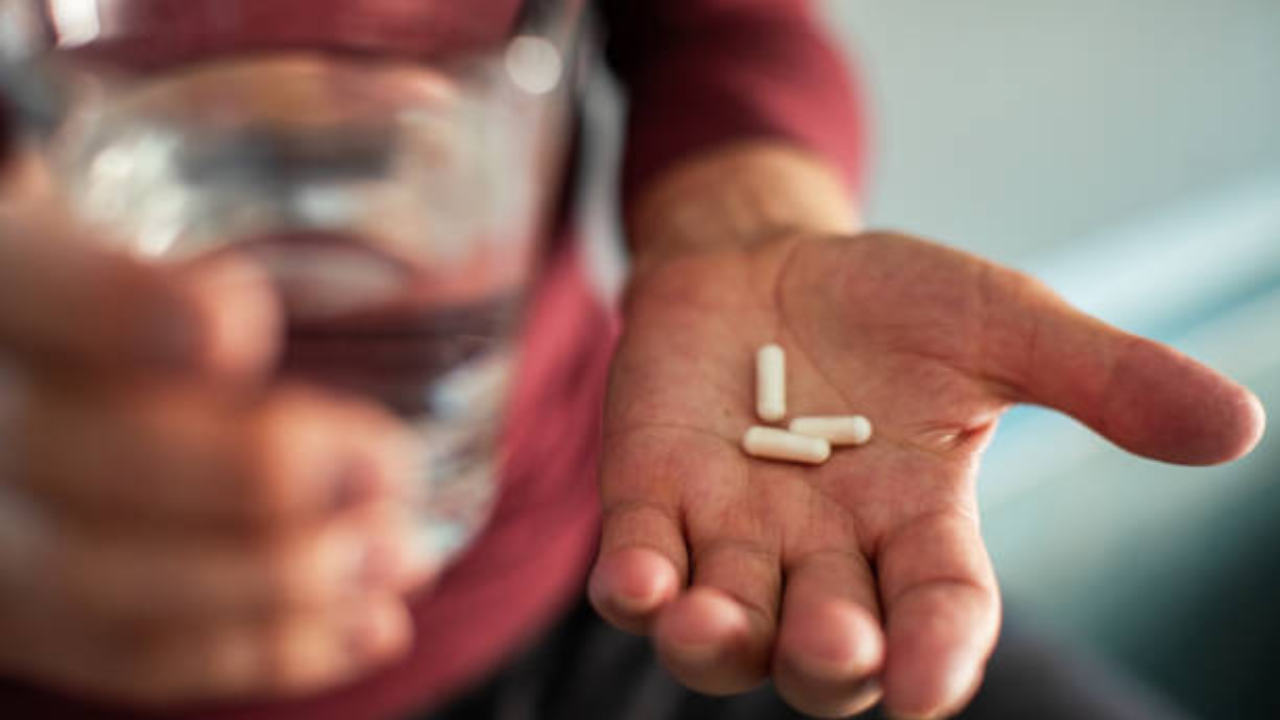
The story so far: On November 13, at a government hospital in Tamil Nadu, the son of a woman who was receiving chemotherapy for Hodgkin Lymphoma, stabbed her doctor , disturbed by the suffering that his mother was undergoing. Notably, the family had been to other hospitals and were advised everywhere that one of the side effects of the chemotherapy the woman was undergoing would affect her lungs. As his mother found it difficult to breathe, her son decided to attack the doctor who was offering her the treatment.
Understanding cancer Cancer is one of the leading causes of death in India and the world. India registers over 1.4 million new cancer cases annually as per the national cancer registry, and the numbers are expected to rise due to ageing populations, lifestyle changes, and environmental factors.
Common cancers in India include those of the breast, lung, cervix, and stomach, with tobacco use contributing significantly to oral and lung cancers. Cancer is not a single disease but a term used for various illnesses, just like the word “vehicle” can refer to cars, trains, or planes. Similarly, cancers can vary greatly depending on the type, location, and their behaviour in the body.
It is a disease caused by a breakdown in the body’s normal processes that control how cells grow, divide, and develop into specialized types. Cancer cells that have undergone abnormal changes (known as neoplastic transformation), often display markers on their surfaces that resemble those found in immature or foetal cells. These cells may also show chromosomal abnormalities like structural rearrangements (translocations).
Research has shown that within a tumour, there is often a small group of cells called tumour stem cells. These cells can multiply repeatedly and may contribute to the growth and spread of cancer. What is chemotherapy? Treating cancer usually requires one or more of three main approaches: surgery, radiotherapy, and chemotherapy.
Surgery involves removing the tumour from the body through surgery. Radiotherapy uses high-energy rays to target and destroy cancer cells. Chemotherapy, which means chemical therapy, refers to using medicines to treat cancer, targeting cells that grow and divide quickly.
While each of these treatments can work alone in some cases, they are often used in combination depending on the type of cancer and how far it has spread. Based on this understanding, chemotherapy is designed to disrupt the cell cycle. By targeting specific stages of the cycle, chemotherapy drugs aim to stop cancer cells from growing and dividing.
Cancer cells grow through a sequence called the cell cycle, which consists of phases where the cell grows, duplicates its DNA, and divides. Cancer cells divide uncontrollably, unlike healthy cells, making them particularly vulnerable to treatments that interfere with DNA replication or cell division. Chemotherapy drugs target specific stages of this cycle.
Some drugs disrupt DNA synthesis during the ‘S’ phase; others prevent cell division in the ‘M’ phase, while certain drugs attack cancer cells regardless of stage, making them versatile tools in cancer therapy. How is it delivered? Chemotherapeutic agents are administered through different routes, including oral pills, intravenous infusions, or injections into the tumour site. Depending on the cancer’s stage and type, chemotherapy can serve as the main treatment.
Primary chemotherapy means that chemotherapy is the main treatment used to fight cancer, especially in blood cancers like leukaemia or lymphoma, where other treatments like surgery or radiation are not as effective. On the other hand, neoadjuvant chemotherapy means it plays a supportive role with other therapies like surgery or radiation. Chemotherapy, while effective, faces challenges like drug resistance and toxicity that necessitate careful planning and management.
Drug resistance occurs when cancer cells adapt to evade the effects of chemotherapy, either by mutating, repairing damage more effectively, or expelling the drugs. To combat resistance, combination therapy is often employed, using multiple drugs with different mechanisms of action to target cancer cells. The key principles of combination therapy include balancing efficacy and toxicity, ensuring optimum scheduling to maximise impact during sensitive phases of the cancer cell cycles.
The complications of chemotherapy range from acute toxicities like nausea, vomiting, and immune suppression to delayed toxicities such as pulmonary fibrosis, organ damage, or secondary cancers. These side effects can significantly affect the patient’s quality of life. Why does chemotherapy cause side effects? All cancer treatments—surgery, radiotherapy, and chemotherapy—have side effects because they do not exclusively target cancer cells.
Chemotherapy is a form of systemic cancer treatment, meaning it travels through the bloodstream to attack cancer cells throughout the body. Since some healthy cells -- such as those in the hair follicles, bone marrow, and digestive tract -- also divide quickly, and since chemotherapy drugs exploit the rapid division of cancer cells, these healthy can be inadvertently harmed, leading to side effects. The inability of chemotherapeutic agents to differentiate between cancerous and healthy rapidly dividing cells leads to its most common side effects.
Damage to hair follicle cells results in hair loss, while suppression of bone marrow activity reduces red blood cell production, leading to fatigue. The gastrointestinal lining is also affected, causing nausea and vomiting, and the immune system becomes compromised due to decreased white blood cell production, increasing susceptibility to infections. Anti-nausea (vomiting) medications, growth factors to stimulate white blood cell production, and improved drug formulations have significantly reduced the treatment’s impact on healthy cells, making it more tolerable for patients.
Innovations in chemotherapy have led to improved safety, efficacy, and precision. Advances in targeted drug delivery, such as liposomal formulations, ensure that chemotherapy drugs attack cancer cells while sparing healthy tissue. Pharmacogenomics tailors chemotherapy regimens based on a patient’s genetic makeup, enhances treatment effectiveness and minimises side effects.
While chemotherapy may be feared for its side effects, its role in saving lives cannot be overstated. With ongoing advancements in drug design, delivery methods, and supportive care, chemotherapy continues to evolve as a more precise and effective treatment. Chemotherapy plays a critical role in managing the growing epidemic of cancer.
Despite its reputation for severe side effects, chemotherapy remains an essential treatment modality, especially for cancers that cannot be addressed by surgery or radiation. While innovations such as immunotherapy and precision medicine are gaining attention, chemotherapy remains a primary line of defence. Published - November 22, 2024 10:00 pm IST Copy link Email Facebook Twitter Telegram LinkedIn WhatsApp Reddit cancer / non-communicable diseases.














